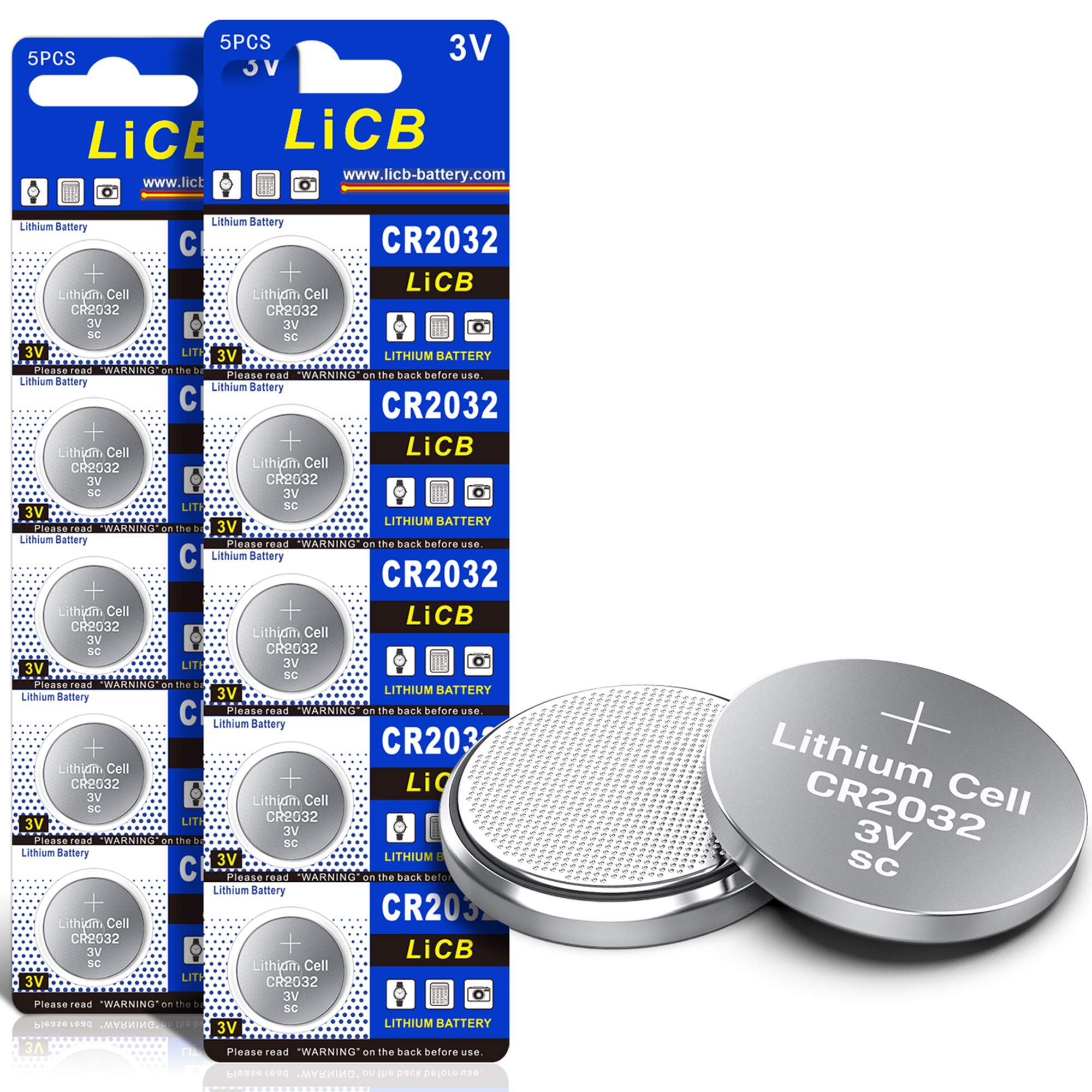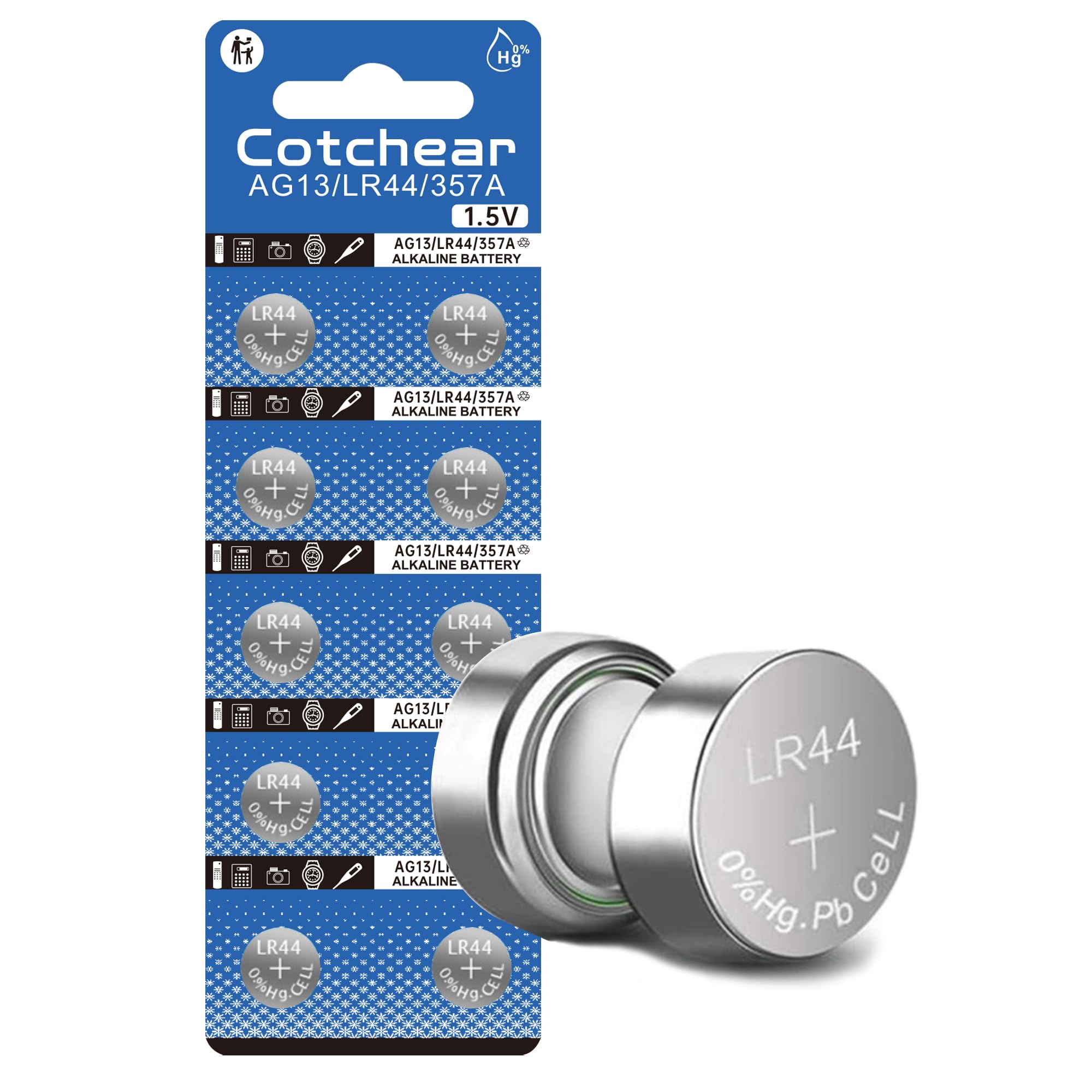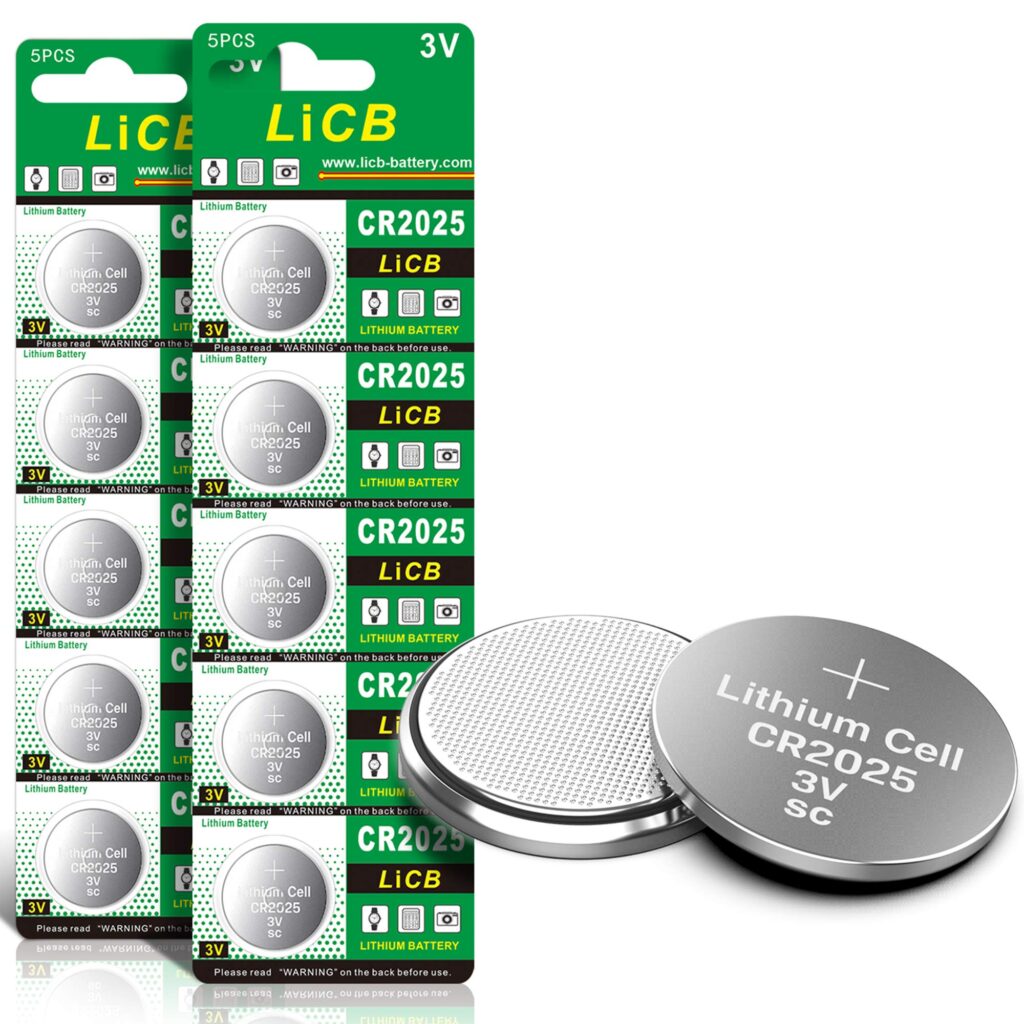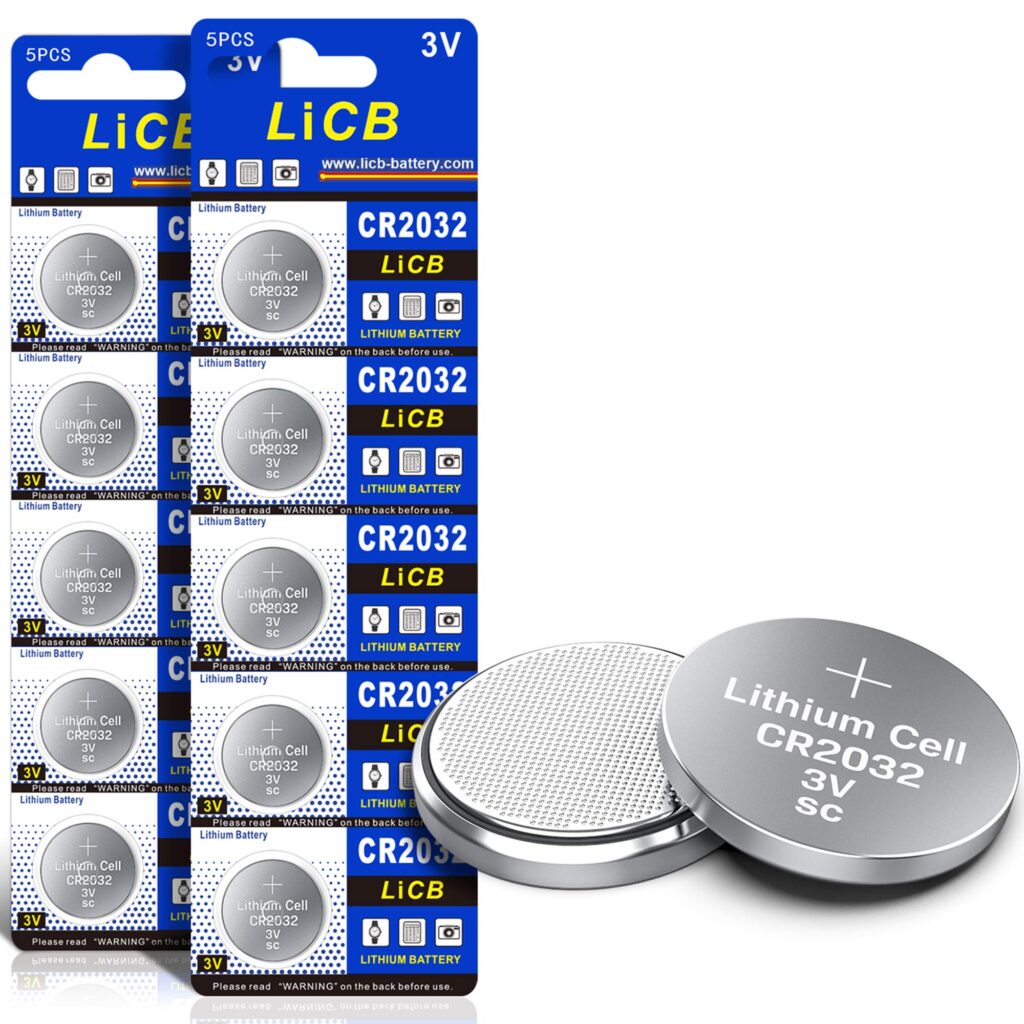Batteries serve as the power source for a myriad of devices, from simple calculators to complex medical equipment. Among the most commonly used coin cell batteries are the CR2032 and the AG13. Although both are widely utilized in small electronic devices, they cater to different needs and specifications. This article provides an in-depth comparison between these two battery types, highlighting their features, differences, and applications, ensuring you make an informed decision for your energy requirements.
Detailed Comparison Table
| Feature | CR2032 | AG13 |
|---|---|---|
| Image |  |
 |
| Diameter | 20 mm | 11.6 mm |
| Height | 3.2 mm | 5.4 mm |
| Voltage | 3V | 1.5V |
| Capacity | 220 mAh | 150 mAh |
| Type | Lithium | Alkaline |
| Typical Use | Watches, calculators, computer motherboards | Toys, laser pointers, calculators |
Informative Explanation of Features and Specifications of Both Products
CR2032
The CR2032 is a lithium coin cell battery known for its reliability and long shelf life. With a diameter of 20 mm and a height of 3.2 mm, it delivers a robust 3V output and has a capacity of 220 mAh. This battery type is widely favored for applications requiring a stable and long-lasting power source, such as computer motherboards, watches, and calculators. The lithium chemistry of the CR2032 ensures a steady discharge rate, making it ideal for low-drain devices that require consistent performance over time.
AG13
The AG13 is an alkaline button cell battery, smaller in diameter at 11.6 mm but taller at 5.4 mm compared to the CR2032. It operates at a lower voltage of 1.5V with a capacity of 150 mAh, making it suitable for devices that demand less power. This battery is commonly used in toys, laser pointers, and other small electronic gadgets. The AG13 is known for its affordability and availability, making it a popular choice for everyday electronic applications where high voltage is not a necessity.
Differences Between Products
Although both the CR2032 and AG13 batteries serve similar purposes in powering small electronic devices, their differences are significant enough to influence their specific applications. The most notable difference lies in their chemical composition: the CR2032 is a lithium battery, offering a higher voltage of 3V, while the AG13 is an alkaline battery with a voltage of 1.5V. This variance in voltage and chemistry affects their longevity, discharge rate, and suitability for different devices. CR2032 batteries are better suited for devices requiring a higher, more stable voltage and long-term use, such as motherboards and watches, due to their lithium composition. Conversely, AG13 batteries are more appropriate for short-term, lower-energy applications like toys and laser pointers, where cost-effectiveness and availability are prioritized over longevity and voltage stability. Additionally, their physical dimensions differ, with the CR2032 being wider and thinner, which may affect their interchangeability in specific devices.
Pros and Cons Section
CR2032

- Pros: High voltage, long shelf life, stable discharge rate, suitable for low-drain devices.
- Cons: Generally more expensive, not suitable for high-drain applications.
AG13

- Pros: Affordable, widely available, suitable for a variety of small devices.
- Cons: Lower voltage, shorter shelf life, less stable discharge rate.
Performance Evaluation and User Experience
Performance and user experience vary significantly between the CR2032 and AG13 batteries, largely due to their different voltages and chemical compositions. Users of CR2032 batteries often praise their long-lasting performance and reliability, especially in devices that require uninterrupted power over extended periods. The consistent 3V output of the CR2032 ensures smooth operation in devices such as watches and computer motherboards, where any power fluctuation could lead to malfunctions. On the other hand, AG13 users appreciate the batterys affordability and practicality for everyday use. While its 1.5V output may not deliver the same level of stability as the CR2032, it is sufficient for devices like toys and remote controls, where immediate availability and cost are more important than long-term performance. However, users have noted that AG13 batteries may require more frequent replacements, especially in devices that are used frequently, due to their lower capacity and shorter lifespan. Overall, the choice between these batteries should be guided by the specific needs of the device and the users preference for cost versus longevity.
Final Recommendation and Conclusion
In conclusion, both the CR2032 and AG13 batteries have their distinct advantages and limitations, making them suitable for different applications. For devices that demand a reliable and long-lasting power source with a stable voltage, the CR2032 is the recommended choice. Its lithium composition ensures a longer shelf life and consistent performance, ideal for critical applications like computer motherboards and precision instruments. Conversely, for everyday devices where cost is a consideration and the demand for power is lower, the AG13 offers a practical and economical solution. It is perfect for gadgets such as toys and basic calculators, where affordability and availability are prioritized. Ultimately, the decision between these two batteries should be based on the specific power requirements and usage patterns of your devices. By understanding the strengths and weaknesses of each battery type, you can ensure optimal performance and efficiency for your electronic devices.


